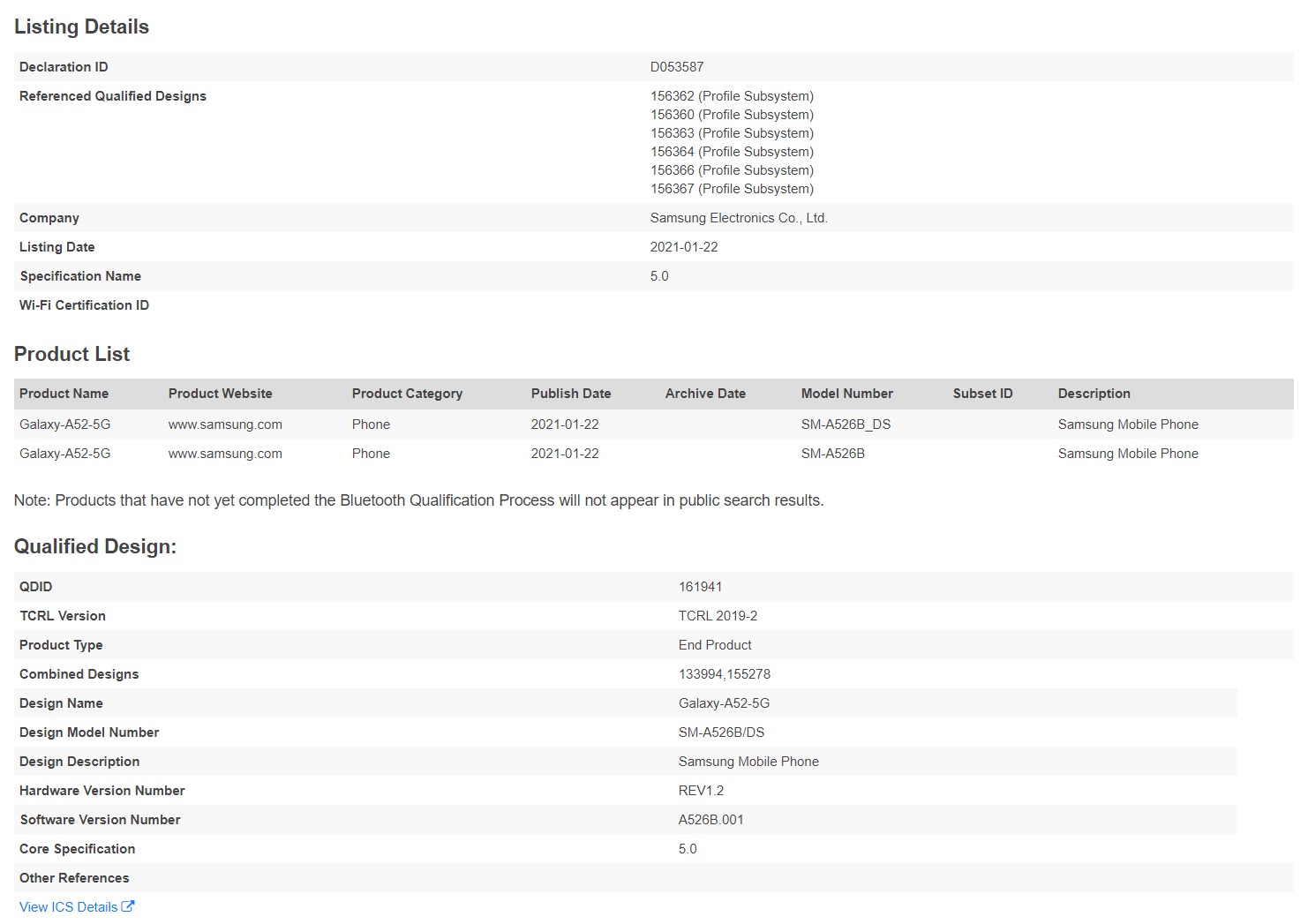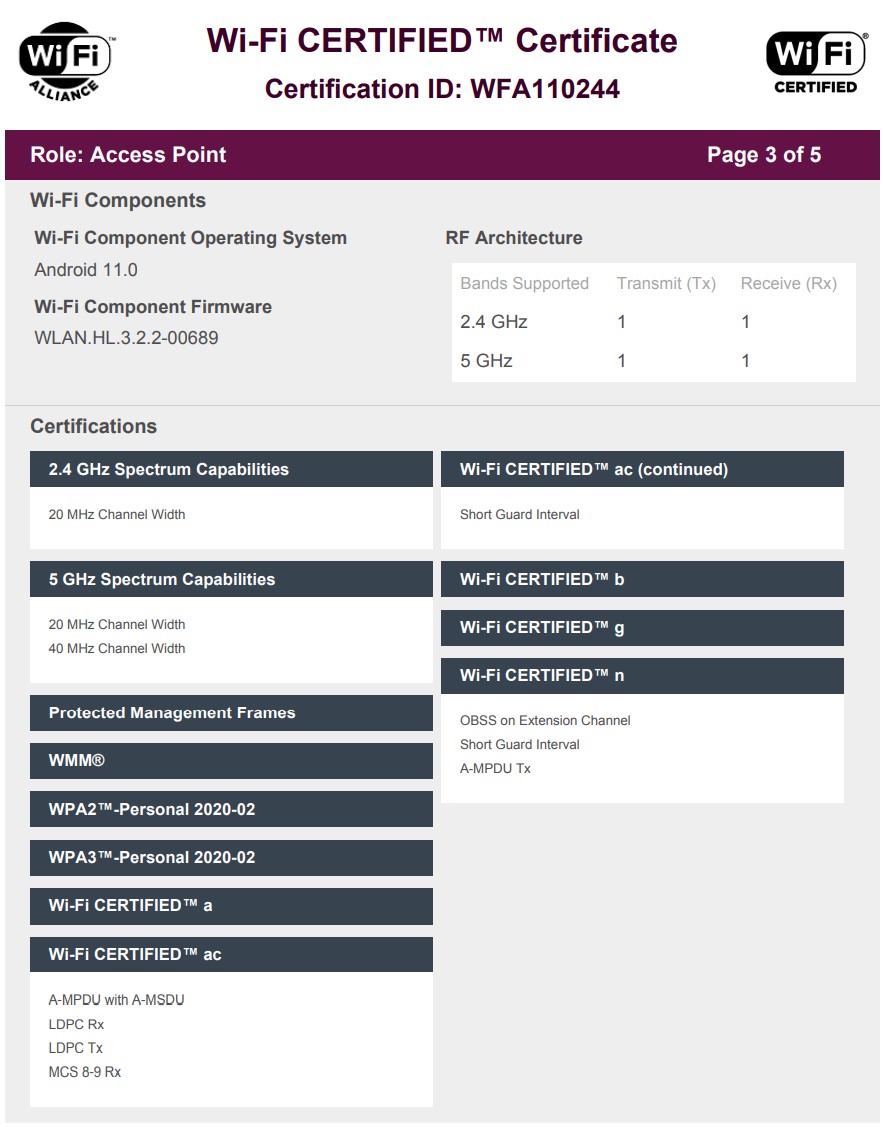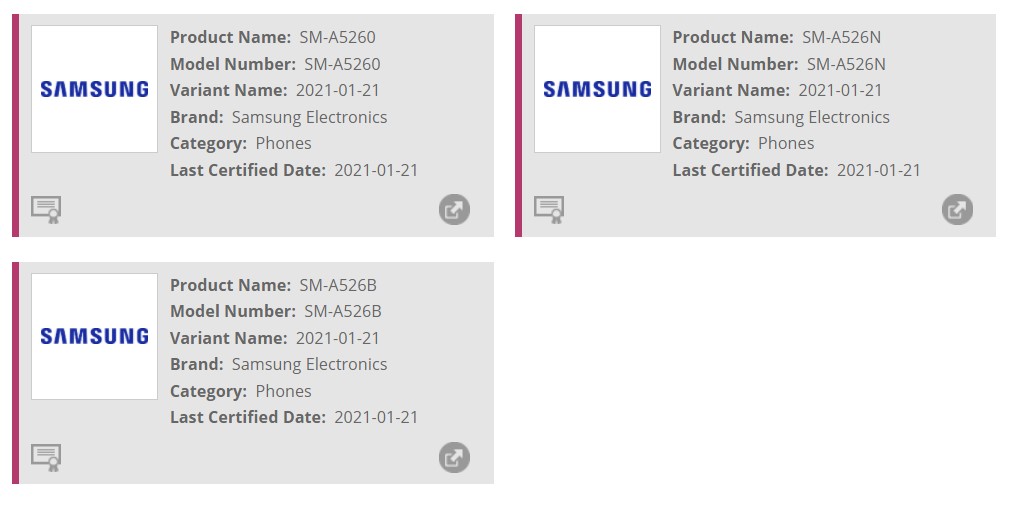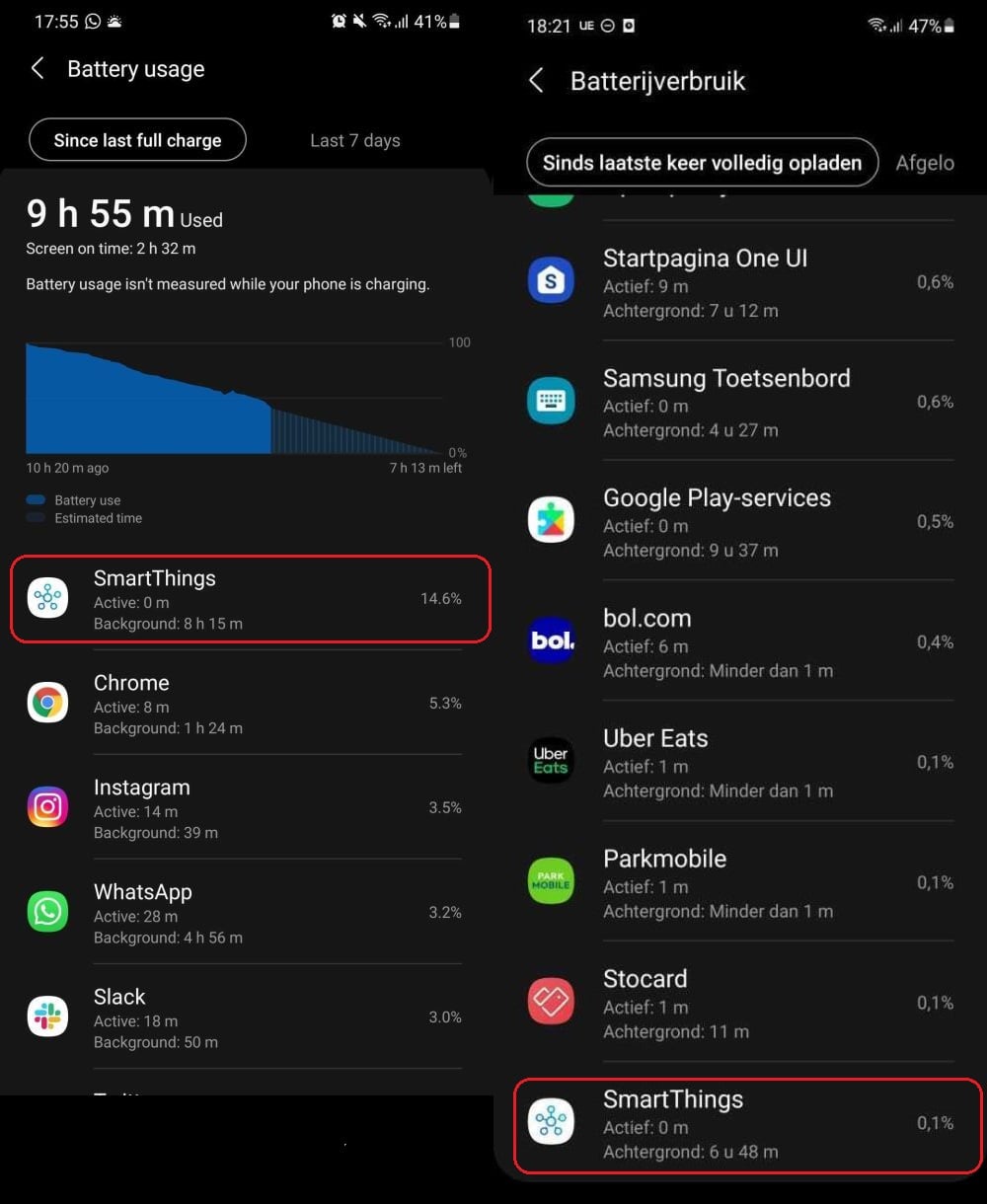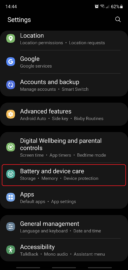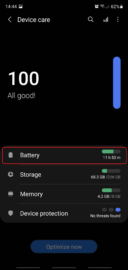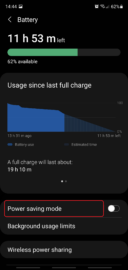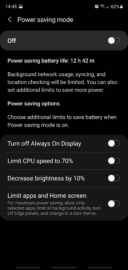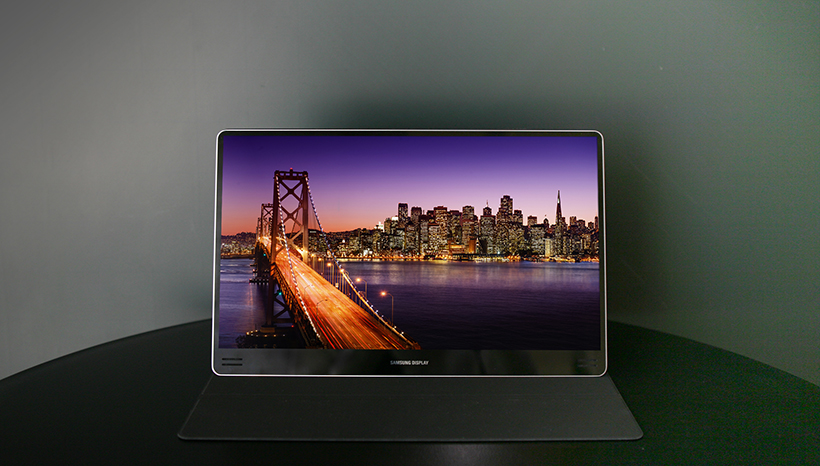Samsung has revamped a lot of UI elements and features in One UI 3.0, and Bixby Routines is one of the many areas that have seen a few key improvements. Bixby Routines now has a refreshed user interface with more graphical elements, as well as a few additional conditions and actions that should help users create richer IFTTT scenarios.
You’ll notice a handful of UI changes as soon as you fire up Bixby Routines in One UI 3.0. The plus button for adding a new routine has been removed and the functionality can now be found in a new tab at the bottom of the screen.
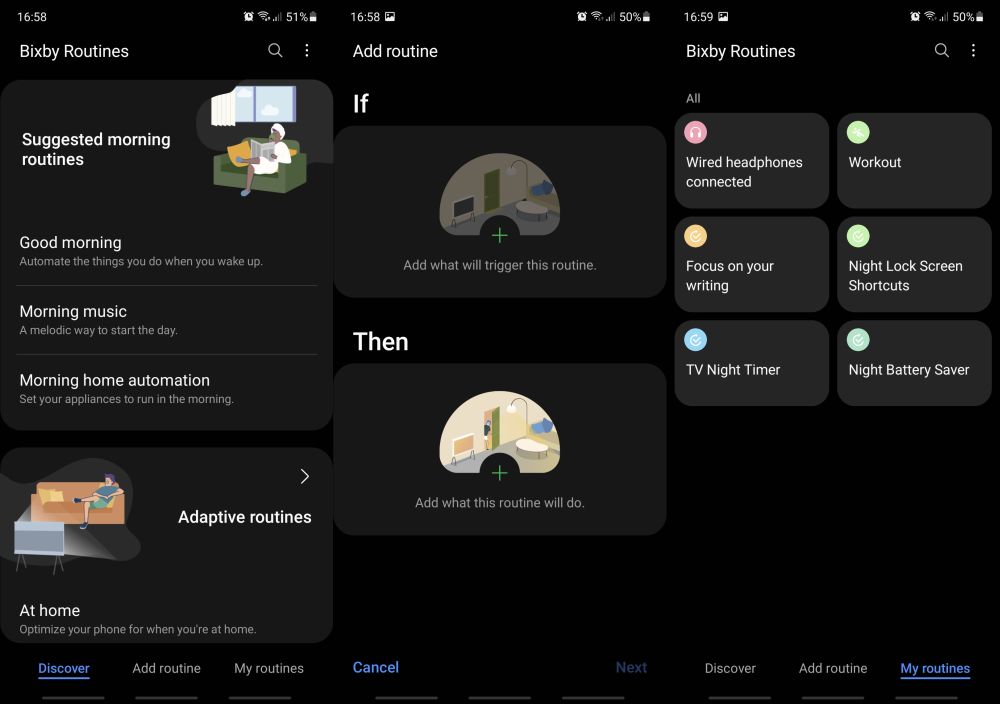
This makes the option more visible to newcomers so it’s definitely a step in the right direction. Likewise, the Discover page has been redesigned with a more modern look and extra options for Bixby Routines presets.
One UI 3.0 brings more graphical UI elements to Bixby Routines
Bixby Routines has received graphical enhancements across the board and as a result, creating a new routine never felt easier. The Add routine menu is completely reworked in One UI 3.0 and both the If and Then statements are visible on the same screen. The If and Then menus themselves haven’t changed much but they include a few additional options which we’ll describe later.
In the meantime, the My routines list was also redesigned, for better or for worse. On the bright side, each routine now has a customizable icon, but on the other hand the individual on/off toggles for routines have been removed. One UI 3.0 users who may want to disable a specific routine have to select it, tap the three-dot menu at the top and then select Disable this routine. We’re unsure why Samsung felt like adding a few extra steps to what was a straightforward option but it is what it is. Thankfully, the functionality itself still exists and it works as intended.
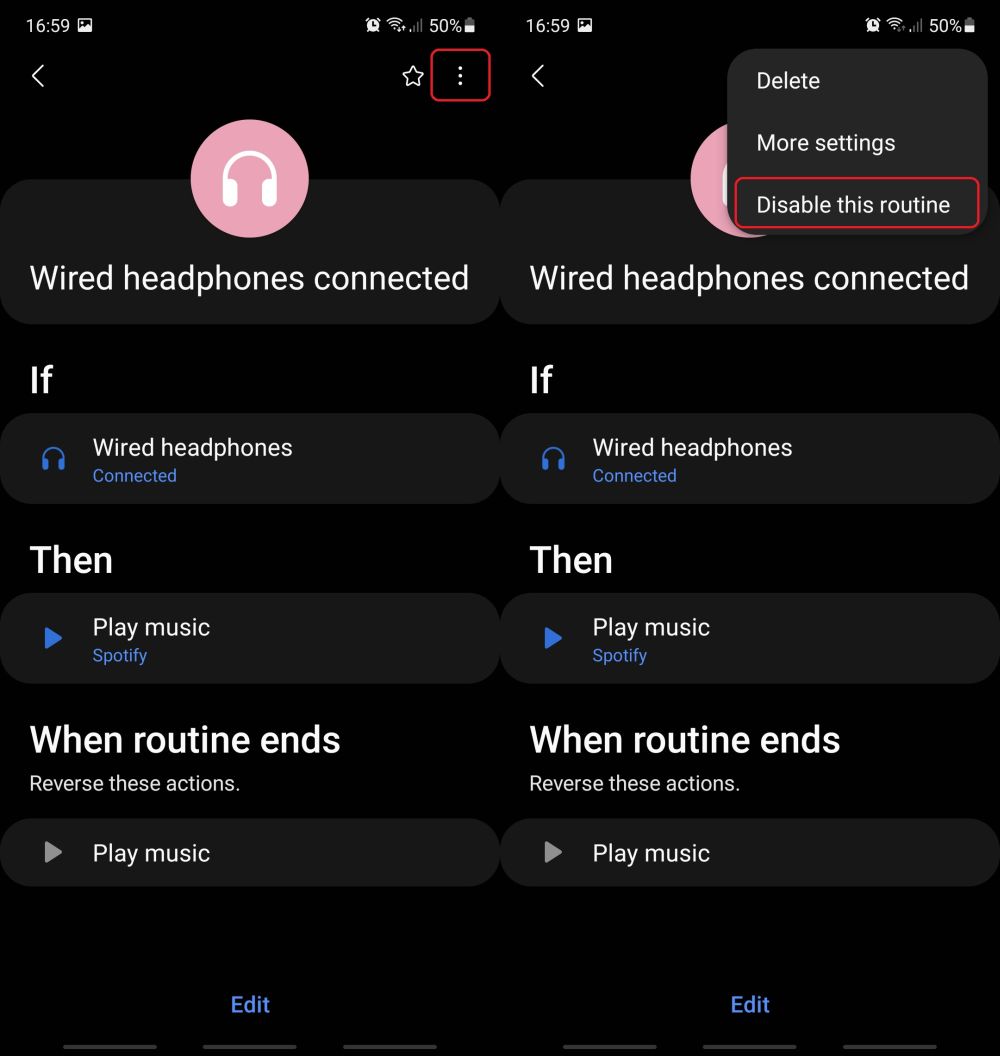
Author’s note: One of my routines disappeared upon installing One UI 3.0. It was meant to play a Spotify playlist when connecting a pair of headphones to the smartphone. Thankfully, the routine could be recreated (as seen above), and its disappearance might have been caused by the fact that the routine was meant to manipulate a third-party app. Either way, you may want to double-check your routines on One UI 3.0 and see if any are missing.
A few additional conditions have been added to Bixby Routines
The new version of Bixby Routines for devices running One UI 3.0 introduces a couple of If conditions that can be leveraged to create events around messages you receive. You can create events around messages received from a particular contact or for messages that contain one or more keywords.
This leaves room for a lot of interesting scenarios. For example, you can set Bixby Routines so that whenever a message with a specific keyword is received, your phone can run a SmartThings scene or control an IoT device. Or you can set your phone to disable DND whenever a preset contact sends you a message.
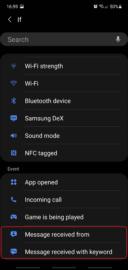

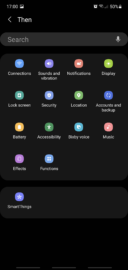

All things considered, even though removing the on/off toggle for individual routines doesn’t make the user’s life any easier, Bixby Routines in One UI 3.0 offers a ton of improvements, from a better visual experience to additional functions, and we’re looking forward to seeing where Samsung will push its IFTTT platform next.
If you’re new to Bixby Routines and/or the concept of IFTTT you can check our full review to learn more about this tool’s capabilities. The Bixby Routines UI may have changed since One UI 2.5 and new functions have been added but the core experience is more or less the same.
The post Here’s what’s new in Bixby Routines for Galaxy devices running One UI 3.0 appeared first on SamMobile.
from SamMobile https://ift.tt/3qIitCa
via
IFTTT
